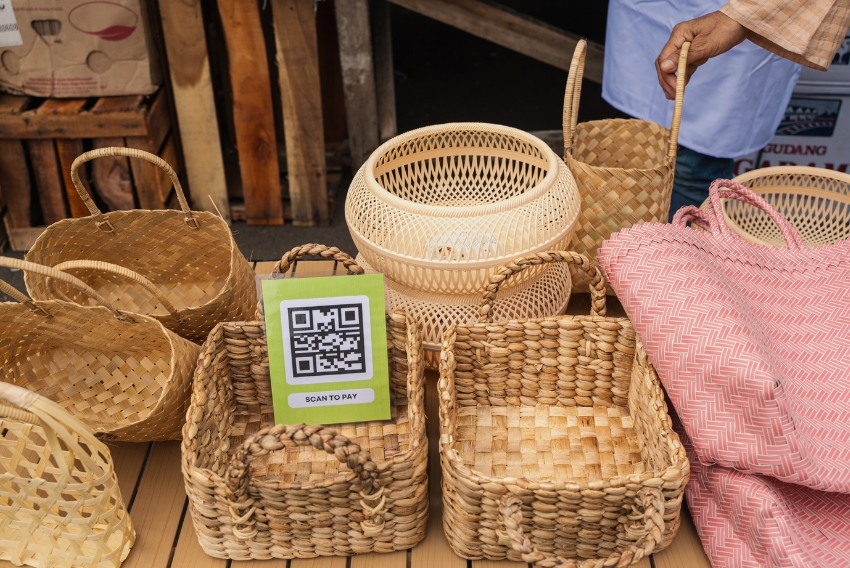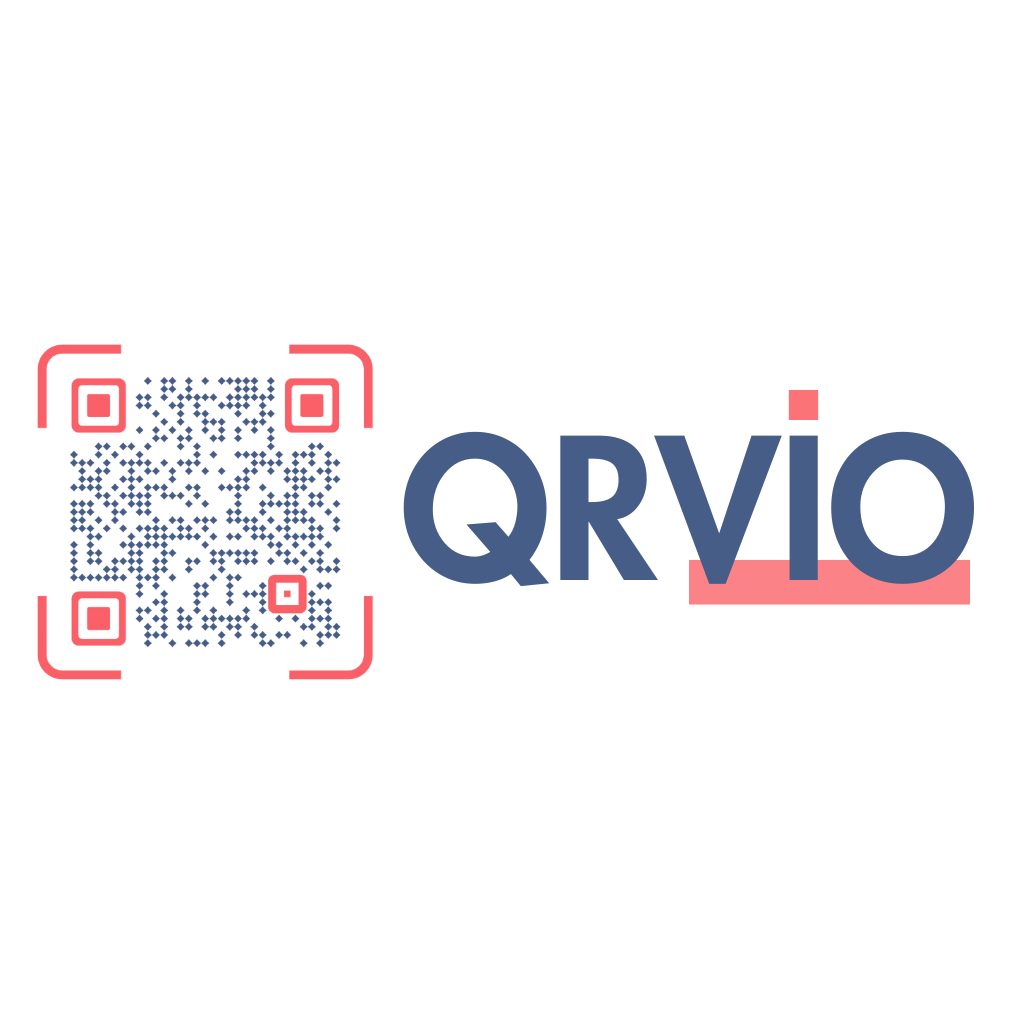Top 7 Ways to Use a QR Code for Marketing Success

A well-designed QR code for marketing can unlock a world of customer engagement, lead generation, and data-driven results. In today’s mobile-first digital landscape, businesses must find smarter ways to connect their offline and online channels. QR codes make that connection seamless, allowing users to interact with your brand instantly by simply scanning with their phones.
But the real magic happens when you use QR codes with purpose. Whether printed on packaging, displayed at events, or embedded in digital ads, a QR code for marketing can serve as an engine for measurable growth.
Here are 7 powerful ways to use QR codes in marketing, along with bonus tips and expert insights to elevate your strategy.
1. Drive Traffic to Landing Pages
One of the most effective ways to use a QR code for marketing is by linking it to a dedicated landing page. This could be a product page, a promotional offer, a seasonal sale, or even a video. Instead of expecting customers to type out a URL, you offer them instant access with one scan.
Imagine you’re promoting a new skincare product. A flyer with a QR code lets customers scan and explore detailed product info, reviews, and a special discount. It creates immediate interest—and immediate action.
In addition, when you use a QR code for marketing linked to dynamic pages, you can track clicks, analyze behavior, and adjust campaigns in real time. It’s a low-effort, high-impact strategy.
2. Promote App Downloads
Mobile app downloads are all about simplicity. If customers have to search for your app, chances are they won’t. But a QR code for marketing can eliminate friction.
By generating a single QR code that detects the user’s device and redirects them to the appropriate app store, you make the journey smooth. Whether on packaging, receipts, or event booths, placing a QR code for your app increases install rates without needing additional instructions.
Some businesses go a step further, offering a discount or reward upon download—delivered through the same QR code. It’s a smart way to increase both app downloads and customer engagement.
3. Collect Customer Feedback
Feedback is critical, but the way you ask for it matters. Instead of sending an email days later or hoping customers will visit a survey link, place a QR code for marketing right at the point of experience—on receipts, takeout bags, or even tabletops.
The code leads directly to a short feedback form. It’s fast, accessible, and feels non-intrusive. You can also set up different QR codes per location or department to compare experiences across branches.
Collecting feedback this way improves response rates and gives you actionable insights. It also shows customers that their opinions matter.
Looking for a quick way to generate marketing-ready QR codes? Try this QR code generator — fast, free, and customizable.
Everyone loves a deal, but no one likes jumping through hoops to get it. A QR code for marketing can be used to share digital coupons or access limited-time offers instantly.
Place the code in-store, on your website, or in an email. Once scanned, it takes the user to a mobile coupon or offer page, where they can redeem the deal or save it to their device.
Want to update the offer later? Use a dynamic QR code. You can switch out promotions without changing the physical code—perfect for seasonal campaigns or flash sales.
5. Grow Your Email or SMS List
Turning offline traffic into leads is easier when you use a QR code for marketing. Create a landing page with an email or SMS signup form and link your QR code to it.
Place the code in your storefront, brochures, or event handouts. Offer something in return, like a discount, free guide, or entry into a giveaway. The incentive makes scanning and subscribing a no-brainer.
This approach not only expands your list but helps you build a database of engaged contacts. And since it’s opt-in, the quality of leads is often higher.
6. Enhance Product Packaging
Packaging isn’t just about looks—it’s a powerful marketing touchpoint. A QR code for marketing printed on your product can guide buyers to tutorials, ingredient details, or product origin stories.
For example, a food brand can include a QR code that links to recipes using the product. A cosmetics brand can direct users to a how-to-apply video. These micro-experiences add value and boost customer satisfaction.
It also allows your brand to tell its story in a richer way, even when shelf space is limited.
7. Increase Engagement at Events
Trade shows, pop-ups, and conferences offer prime opportunities for interaction. Use a QR code for marketing to streamline event check-ins, distribute digital brochures, or collect contact details.
You can also gamify your booth by setting up a scavenger hunt or a spin-to-win game powered by QR code scans. These interactive elements increase foot traffic, engagement, and memorability.
Some brands even link QR codes to post-event surveys or discount codes to re-engage attendees afterward.- Bonus Tip: Add a Branded Call-to-Action Frame
Design matters. A plain black-and-white QR code may go unnoticed. But when you frame it with a bold call-to-action—like “Scan to Save 20%” or “Unlock the Guide”—it commands attention.
A branded QR code for marketing not only aligns with your visual identity but also makes the action clear, removing hesitation. Add your logo, use your brand colors, and ensure the CTA text encourages clicks.
These small tweaks can double or triple your scan-through rates.
– How to Design a QR Code for Marketing That Converts
Design plays a huge role in how effective your QR code campaign will be. If your code blends into the background, goes unnoticed, or looks suspicious, people won’t scan it. A high-converting QR code for marketing needs to be visually inviting, on-brand, and supported by clear messaging.
Start by customizing your QR code with your brand colors. Replace the standard black-and-white pattern with shades that match your visual identity. Then, add your logo to the center of the code without obstructing its scannability. This builds brand recognition and trust.
Next, frame the QR code with a bold call-to-action such as “Scan to Save,” “Get Your Free Gift,” or “Watch the Demo.” These short prompts let the user know exactly what they’ll get—and why they should scan.
Finally, test your code before publishing. Try it across various devices and lighting conditions to ensure fast, reliable scans. Good design is not just about aesthetics—it’s about performance, too.
– Real-World Examples of QR Code Marketing in Action
Let’s take a look at how brands are using a QR code for marketing in real-world scenarios to drive results.
A fast-casual restaurant chain placed QR codes on its table menus during a seasonal promotion. When customers scanned the code, they were taken to a personalized discount page that included their loyalty balance and a time-limited deal. This campaign increased in-store conversion rates by 38%.
A local gym used QR codes on outdoor posters to link directly to its free trial signup form. Passersby could scan the code and claim a one-week pass, which boosted membership signups by 24% over two weeks.
Even service-based businesses are using QR codes creatively. A plumbing company placed QR stickers on its vans that linked to emergency contact forms and Google reviews. This drove better customer support engagement and earned them more online testimonials.
These examples prove that when used strategically, QR codes deliver measurable and meaningful marketing outcomes.
– Why Dynamic QR Codes Are Better for Marketing
While static QR codes link to fixed URLs, dynamic QR codes offer greater flexibility, control, and performance monitoring. For any serious QR code for marketing campaign, dynamic codes are the superior option.
With dynamic codes, you can edit the destination URL even after the code has been printed. This is especially helpful if your offer changes or if you want to run a new promotion using the same printed material. You save on reprinting costs and maximize the lifespan of each campaign asset.
Additionally, dynamic QR codes allow full analytics tracking. You can monitor scans by date, time, location, device type, and more. This data gives you a clearer picture of campaign effectiveness, which helps you make smarter marketing decisions.
Finally, many dynamic code platforms let you A/B test landing pages and personalize content. By using redirect rules, you can serve different experiences based on user location or device. This level of control turns a simple QR code into a sophisticated marketing engine.
– Conclusion
A QR code for marketing is more than just a tech gimmick—it’s a versatile tool that connects print and digital, offline and online, quickly and measurably. Whether you’re aiming to drive traffic, gather leads, improve packaging, or spark event engagement, QR codes open the door to immediate interaction.
With the ability to customize, track, and update campaigns, QR codes are ideal for any business looking to modernize its marketing strategy. They are low-cost, easy to implement, and packed with potential.
Now is the perfect time to leverage QR codes in your campaigns. Use them wisely, and you’ll turn every scan into a measurable opportunity.
